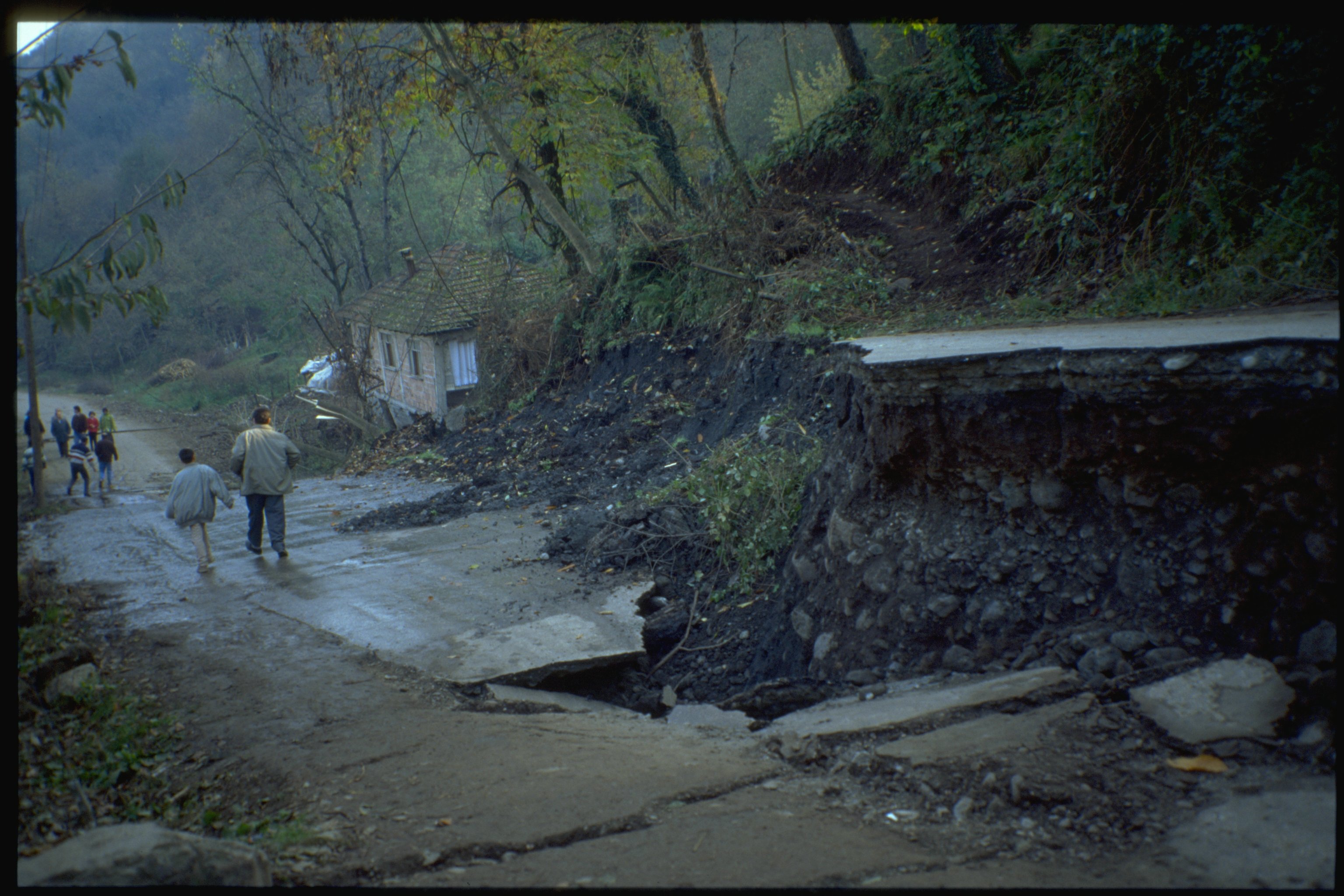All Categories
Featured
Table of Contents
Geophysicist Salary in Beaconsfield Aus 2020

(PREM)., and the limits between layers of the mantle are consistent with stage transitions.

This makes plate tectonics possible. Schematic of Earth's magnetosphere. The solar wind Circulations from left to. If a world's electromagnetic field is strong enough, its interaction with the solar wind forms a magnetosphere. Early area probes drawn up the gross dimensions of the Earth's electromagnetic field, which extends about 10 Earth radii towards the Sun.
Inside the magnetosphere, there are reasonably dense regions of solar wind particles called the Van Allen radiation belts. Geophysical measurements are typically at a specific time and place. Precise measurements of position, together with earth deformation and gravity, are the province of geodesy. While geodesy and geophysics are separate fields, the two are so carefully connected that many clinical companies such as the American Geophysical Union, the Canadian Geophysical Union and the International Union of Geodesy and Geophysics encompass both.
Course: Basics In Geophysical Surveying in Success Australia 2020
A three-dimensional position is calculated utilizing messages from four or more noticeable satellites and referred to the 1980 Geodetic Recommendation System. An option, optical astronomy, combines astronomical collaborates and the local gravity vector to get geodetic coordinates. This technique only supplies the position in 2 collaborates and is more hard to use than GPS.
Relative positions of two or more points can be identified using very-long-baseline interferometry. Gravity measurements became part of geodesy since they were required to associated measurements at the surface area of the Earth to the recommendation coordinate system. Gravity measurements on land can be made using gravimeters deployed either on the surface or in helicopter flyovers.
Sea level can likewise be measured by satellites using radar altimetry, contributing to a more precise geoid. In 2002, NASA introduced the Gravity Recovery and Climate Experiment (GRACE), in which 2 twin satellites map variations in Earth's gravity field by making measurements of the distance between the two satellites utilizing GPS and a microwave varying system. , which are studied through geophysics and area physics.
Recent Advances In Optimized Geophysical Survey Design in Stirling Oz 2020

Considering that geophysics is worried about the shape of the Earth, and by extension the mapping of features around and in the world, geophysical measurements consist of high precision GPS measurements. These measurements are processed to increase their precision through differential GPS processing. As soon as the geophysical measurements have been processed and inverted, the translated results are outlined utilizing GIS.
Many geophysics companies have actually designed internal geophysics programs that pre-date Arc, GIS and Geo, Soft in order to satisfy the visualization requirements of a geophysical dataset. Expedition geophysics is applied geophysics that often utilizes remote noticing platforms such as; satellites, aircraft, ships, boats, rovers, drones, borehole sensing devices, and seismic receivers.
For example, aeromagnetic information (airplane collected magnetic information) gathered utilizing conventional fixed-wing aircraft platforms must be remedied for electro-magnetic eddy currents that are produced as the airplane moves through Earth's electromagnetic field. There are likewise corrections associated with modifications in determined possible field intensity as the Earth turns, as the Earth orbits the Sun, and as the moon orbits the Earth.
Geophysical Surveys in West Perth Oz 2022
Signal processing includes the correction of time-series information for unwanted noise or errors presented by the measurement platform, such as aircraft vibrations in gravity information. It also involves the reduction of sources of noise, such as diurnal corrections in magnetic information. In seismic data, electro-magnetic data, and gravity data, processing continues after mistake corrections to consist of computational geophysics which lead to the final analysis of the geophysical information into a geological analysis of the geophysical measurements Geophysics emerged as a different discipline only in the 19th century, from the crossway of physical geography, geology, astronomy, meteorology, and physics.
The magnetic compass existed in China back as far as the 4th century BC. It was utilized as much for feng shui as for navigation on land. It was not till excellent steel needles could be forged that compasses were used for navigation at sea; before that, they might not maintain their magnetism enough time to be beneficial.
By looking at which of 8 toads had the ball, one could determine the instructions of the earthquake.'s (1600 ), a report of a series of precise experiments in magnetism.
Bsc Geophysics in The Vines Western Australia 2020
Dietmar; Sdrolias, Maria; Gaina, Carmen; Roest, Walter R. (April 2008). "Age, spreading out rates, and spreading out asymmetry of the world's ocean crust". Geochemistry, Geophysics, Geosystems. 9 (4 ): Q04006. Bibcode:2008 GGG ... 9. 4006M. doi:10. 1029/2007GC001743. S2CID 15960331. "Earth's Inconstant Electromagnetic field". science@nasa. National Aeronautics and Area Administration. 29 December 2003. Retrieved 13 November 2018.
Runcorn, S.K, (editor-in-chief), 1967, International dictionary of geophysics:. Pergamon, Oxford, 2 volumes, 1,728 pp., 730 fig Geophysics, 1970, Encyclopaedia Britannica, Vol. Introduction to seismology (Second ed.).
Table of Contents
Latest Posts
Geophysical Survey - Mining Fundamentals in Mahogany Creek Aus 2023
How To Become A Geophysicist in South Fremantle Oz 2022
Field Geophysicist - Parsons Careers – Engineered Systems in Ballajura Aus 2021
More
Latest Posts
Geophysical Survey - Mining Fundamentals in Mahogany Creek Aus 2023
How To Become A Geophysicist in South Fremantle Oz 2022
Field Geophysicist - Parsons Careers – Engineered Systems in Ballajura Aus 2021